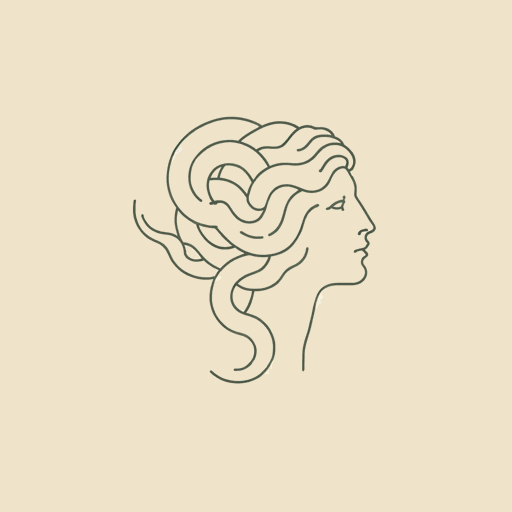45 pages • 1 hour read
Natalie HaynesStone Blind
Fiction | Novel | Adult | Published in 2022A modern alternative to SparkNotes and CliffsNotes, SuperSummary offers high-quality Study Guides with detailed chapter summaries and analysis of major themes, characters, and more.
Symbols & Motifs
Statues
Statues, both real and imagined, are symbolic in several different ways. Upon decapitation, the Medusa-Narrator relates an imagined statue of her murderer, Perseus—one that is never made. This imagined statue symbolizes Medusa’s humanity and mercy because she could have turned Perseus to stone but chose not to, defying the dehumanizing label of monster with which myth has branded her. The Medusa-Narrator envisions this statue as a work of beauty, representing Perseus as “well-muscled: his biceps are clearly defined and his shoulders are straight” (286). This is the heroic version of Perseus that the myths perpetrate, and Medusa’s refusal to create a statue that conforms to this narrative also reflects a spark of rebellion against the injustice of the accepted version of events. As statues frequently commemorate gods and heroes in the Greek world, the absence of Perseus’ statue implies Medusa’s belief that men who carry out atrocious acts are not worthy of celebration or even remembrance.
In contrast, the statues that Perseus creates using Medusa’s head when he petrifies King Polydectes and his men, Phineas and his forces, and Medusa’s own mother, Ceto, symbolize his lack of humanity and compassion. The physically beautiful Perseus carries out metaphorically “monstrous” actions, speaking to the theme of 







Featured Collections
Books on Justice & Injustice
View Collection
Books that Feature the Theme of...
View Collection
Books that Feature the Theme of...
View Collection
Challenging Authority
View Collection
Equality
View Collection
Family
View Collection
Good & Evil
View Collection
Mothers
View Collection
Mythology
View Collection
Power
View Collection
Pride & Shame
View Collection
Safety & Danger
View Collection
Sexual Harassment & Violence
View Collection
Truth & Lies
View Collection

